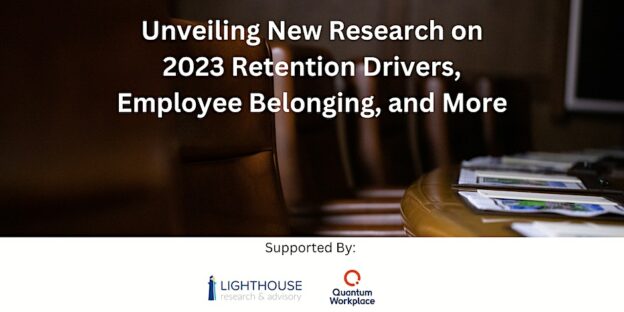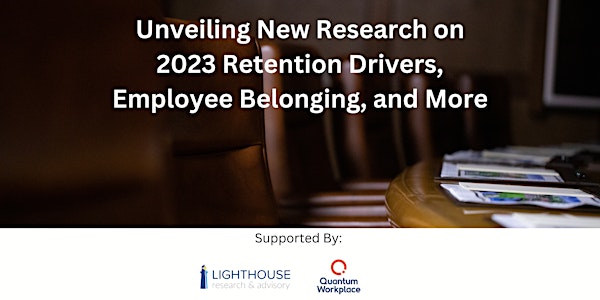 Employee communications are dominated by email
Employee communications are dominated by email
According to a recent survey, up to 28% of our time is spent creating, reading, and replying to emails at work. In the average workweek that’s about 11 hours of time that you won’t get back, and we do that every single week.
There’s something else I’d like you to consider trying this week:Â video.
I am a firm believer in the power of video for learning and for communication purposes.
- It’s personal.
- It’s easy to create.
- It conveys emotion and meaning.
- It helps to explore complex topics.
- And so much more!
While I know we can’t completely get away from sending emails to our employees, I think we could do a better job of incorporating video into the overall communications we use to increase opens, clicks, and overall understanding. And no, you don’t have to be a 10,000-employee organization with a dedicated video team on staff. This is incredibly simple.
And if you happen to be one of those people who think video isn’t going to “catch on,” you should take a second and recall those individuals that printed emails because they knew that that whole “email thing” was just a fad.
So, why use video for employee communications?
In the comment above, you can easily swap out “marketers” and put your own name in there. People are used to seeing and interacting with video content online. Some studies show that up to 75% of executives watch business-related videos online each week. This isn’t just for your front line employees–it can be a valuable tool for your C-suite as well.
I shared a case study of how ADP used video for their open enrollment communications (not only to share information, but to actually drive specific behaviors). Check out How to Increase Benefits at No Cost for more info.
Try it for just 30 seconds
One of my friends used to walk around with a small handheld camera (and now we all have phones that can do this just as well). He would grab a manager and ask them to talk for 30 seconds about how they help to manage career development for their employees, and then he would post those on the internal network so that employees could see and learn from those little clips. What was the impact?
- The managers weren’t out more than one or two minutes of time.
- He could get them talking on things they might not normally bring up with employees.
- And he (HR) was seen as bringing value to the employee/employer relationship through facilitating these discussions.
Explainer videos
As far as the type of video that we’d use, the “explainer” type is probably most common. Here’s a simple way to start: think about the top three questions you receive from employees that you have a hard time responding to via email due to the complexity or sensitivity. Here are a few examples:
- How does our FSA work?
- What will our tuition reimbursement plan cover?
- What are the career development options available for my position?
Then, take 30-60 seconds to create a short video explaining how that works in plain language your employees can understand.
Seriously, it’s as simple as that!
If you’d like some more research and ideas on video and how it can be used, check out the infographic below. Continue reading →


 Employee communications are dominated by email
Employee communications are dominated by email This will be my third SHRM conference to attend, and my hope is that it will be the best one yet. 60+ other HR and recruiting bloggers will be there.
This will be my third SHRM conference to attend, and my hope is that it will be the best one yet. 60+ other HR and recruiting bloggers will be there. Let me start by saying that if I could flip a switch and turn my employer into a ROWE, I would do it. In essence, a ROWE means that staff work when they want, where they want, and as long as they are getting the results, the rest doesn’t really matter.
Let me start by saying that if I could flip a switch and turn my employer into a ROWE, I would do it. In essence, a ROWE means that staff work when they want, where they want, and as long as they are getting the results, the rest doesn’t really matter.